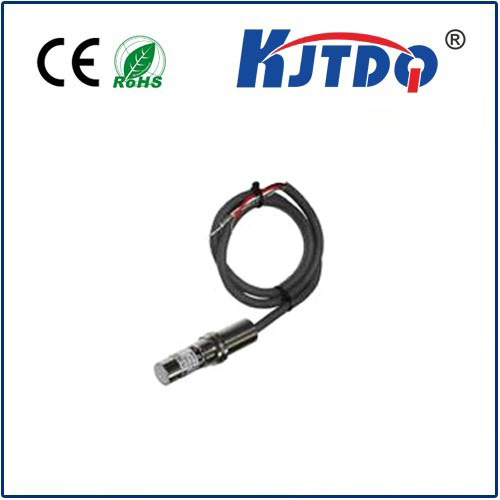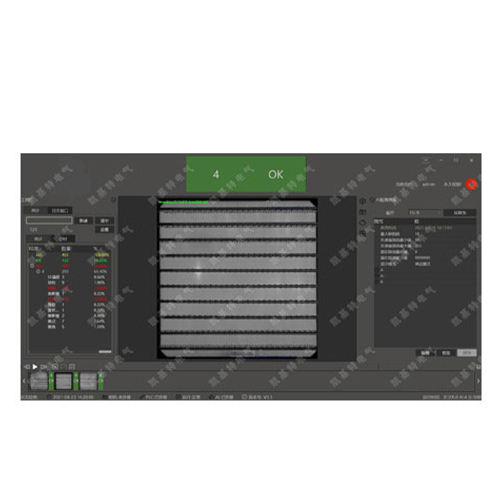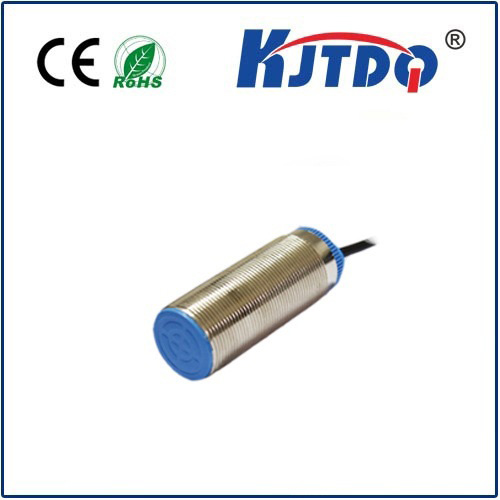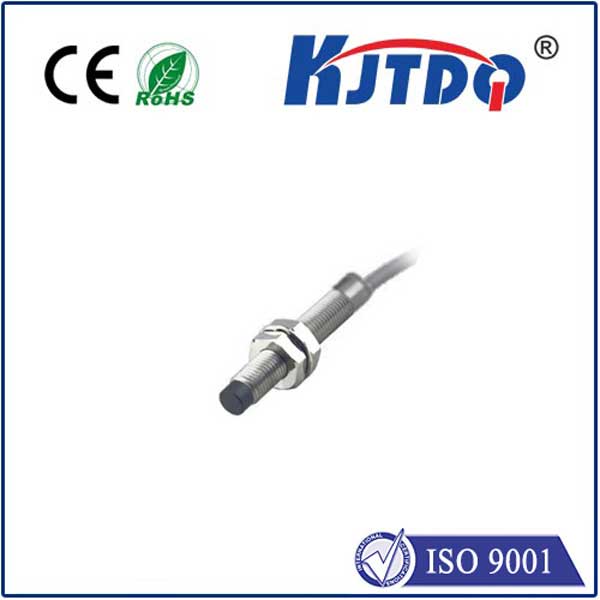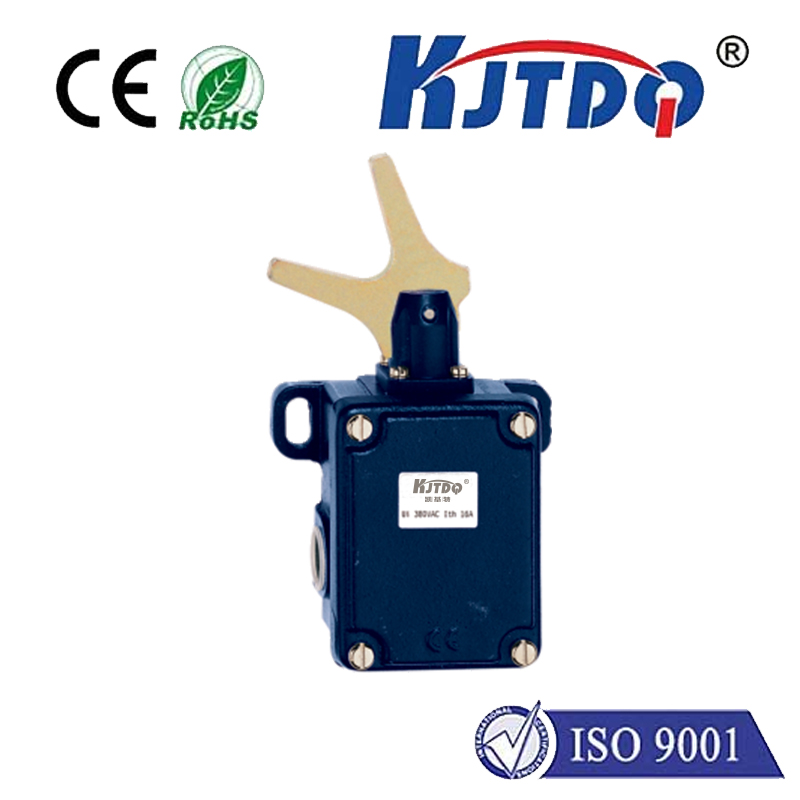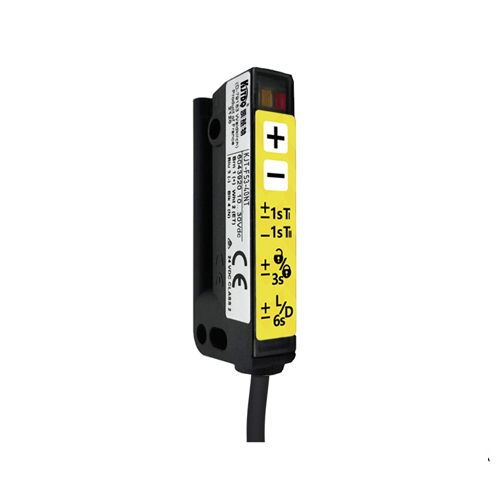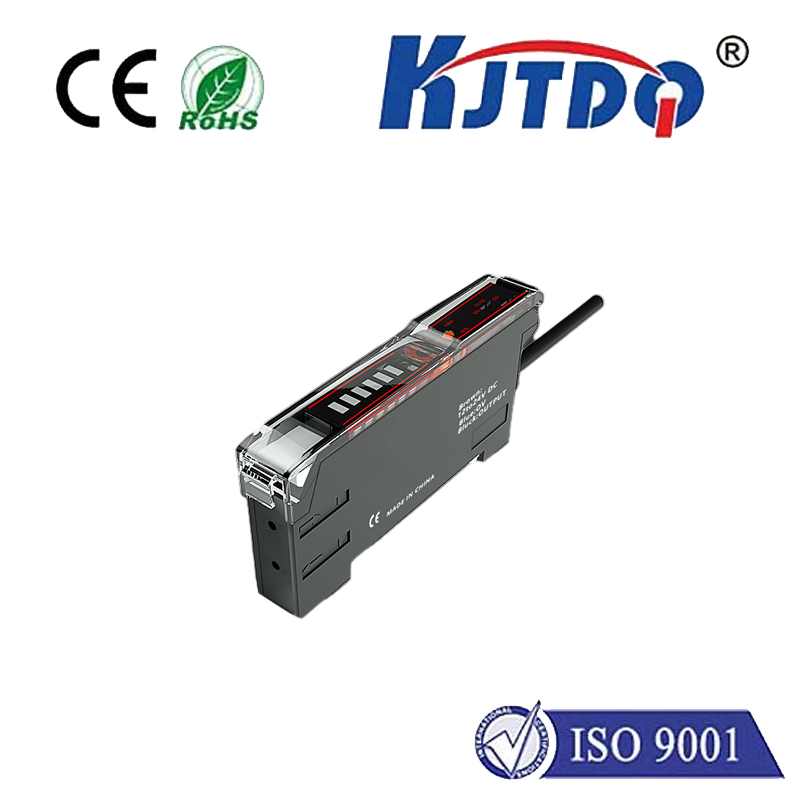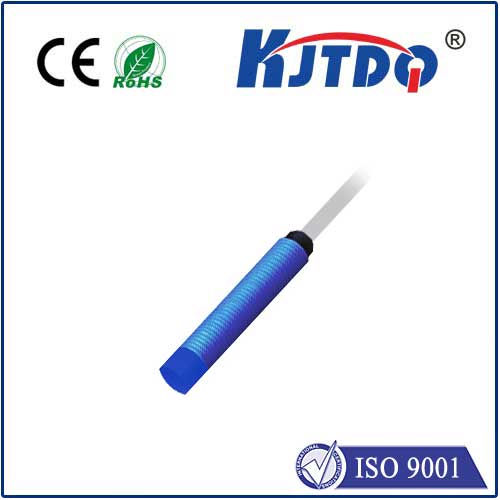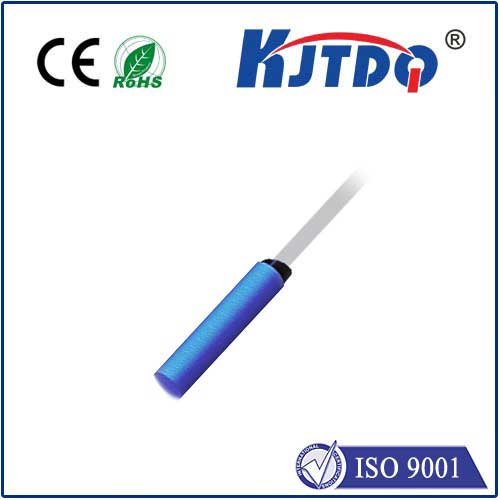Unlocking Precision: The Power of TOF Laser Distance Sensors In the rapidly evolving world of technology, precision and accuracy have become paramount. Whether it’s in industrial automation, robotics, or consumer electronics, the ability to measure distances with pinpoint accuracy is a game-changer. Enter the TOF Laser Distance Sensor—a cutting-edge device that is revolutionizing the way we measure and interact with our environment. In this article, we’ll delve into the intricacies of TOF laser distance sensors, exploring their working principles, applications, and why they are becoming an indispensable tool in various industries.
TOF stands for Time of Flight, a method used to measure the distance between the sensor and an object. A TOF Laser Distance Sensor emits a laser pulse towards the target and calculates the time it takes for the pulse to reflect back to the sensor. By knowing the speed of light, the sensor can accurately determine the distance to the object. The formula used is straightforward: Distance = (Speed of Light × Time of Flight) / 2 This method is highly accurate and can measure distances ranging from a few centimeters to several meters, depending on the sensor’s specifications.
The working principle of a TOF laser distance sensor can be broken down into three main steps:
Выбросы: The sensor emits a short pulse of laser light towards the target.
Размышления: The laser pulse hits the target and reflects back to the sensor.
Detection: The sensor detects the returning pulse and calculates the time it took for the round trip. The accuracy of the measurement depends on the precision of the timing mechanism and the quality of the laser pulse. Modern TOF sensors are equipped with advanced electronics and algorithms that minimize errors and enhance reliability.
One of the standout features of TOF laser distance sensors is their high accuracy. They can measure distances with millimeter-level precision, making them ideal for applications where exact measurements are critical.

TOF sensors offer rapid response times, often in the microsecond range. This speed is essential in dynamic environments where real-time data is necessary, such as in robotics or autonomous vehicles.
Being a non-contact method, TOF laser distance sensors can measure distances without physically touching the object. This feature is particularly useful in delicate or hazardous environments where contact could damage the object or the sensor.
These sensors are versatile and can be used in a wide range of applications, from industrial automation to consumer electronics. Their ability to work in various lighting conditions and with different surface types adds to their adaptability.
In industrial settings, precision is key. TOF laser distance sensors are used in automated guided vehicles (AGVs) to navigate and avoid obstacles. They are also employed in quality control processes to ensure that manufactured parts meet exact specifications.
Robots rely on accurate distance measurements to interact with their environment. TOF sensors are integral in robotic arms for tasks like picking and placing objects, as well as in autonomous robots for navigation and obstacle detection.
In the realm of consumer electronics, TOF laser distance sensors are found in smartphones for features like augmented reality (AR) and cameras for autofocus. They are also used in smart home devices to enhance functionality and user experience.
The healthcare industry benefits from the precision of TOF sensors in medical imaging and surgical robots. These sensors help in creating accurate 3D models of organs and assist surgeons in performing minimally invasive procedures.
In the automotive sector, TOF laser distance sensors are used in advanced driver-assistance systems (ADAS). They help in functions like adaptive cruise control, collision avoidance, and parking assistance, contributing to safer and more efficient driving.
When selecting a TOF laser distance sensor, several factors should be considered:
Determine the distance range you need. Some sensors are designed for short-range measurements, while others can measure over long distances.
Consider the level of precision required for your application. High-accuracy sensors are essential for tasks where exact measurements are crucial.
For dynamic applications, a sensor with a fast response time is necessary to ensure real-time data acquisition.
Evaluate the operating environment. Some sensors are designed to work in harsh conditions, such as extreme temperatures or dusty environments.
Ensure that the sensor can be easily integrated into your existing system. Compatibility with different interfaces and protocols is important for seamless operation.
The future looks promising for TOF laser distance sensors. Advances in technology are leading to even higher accuracy, faster response times, and greater versatility. As industries continue to embrace automation and smart technologies, the demand for these sensors is expected to grow. Innovations in miniaturization and power efficiency are also making TOF sensors more accessible and practical for a wider range of applications. From wearable devices to IoT (Internet of Things) applications, the potential uses for TOF laser distance sensors are virtually limitless. In conclusion, TOF Laser Distance Sensors are a testament to the incredible advancements in measurement technology. Their ability to provide precise, rapid, and non-contact distance measurements is transforming industries and enabling new possibilities. As technology continues to evolve, these sensors will undoubtedly play a crucial role in shaping the future of automation, robotics, and beyond.
